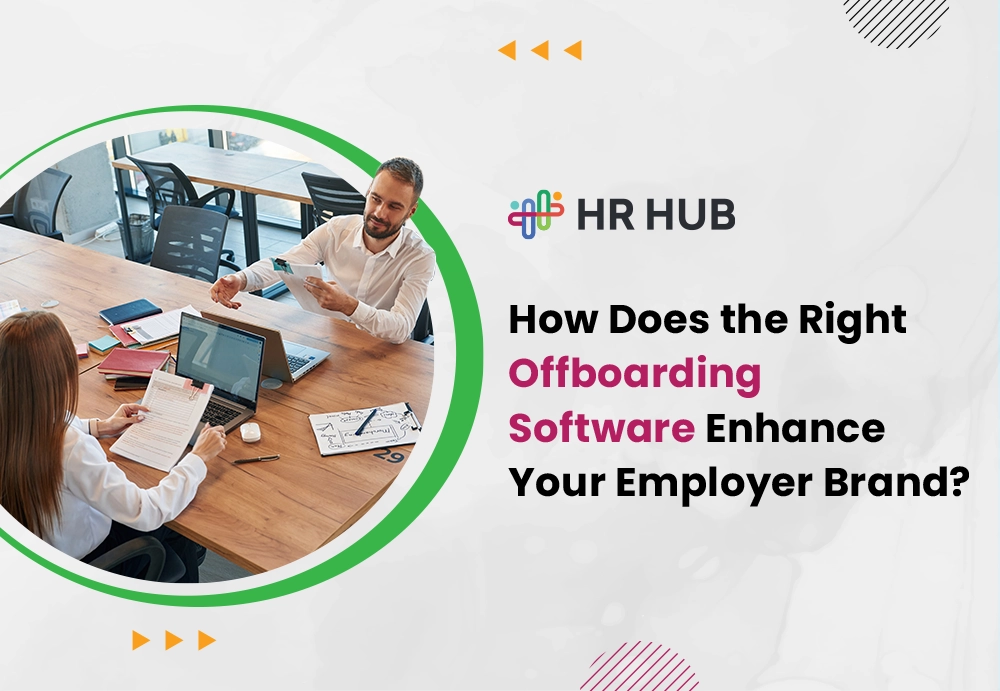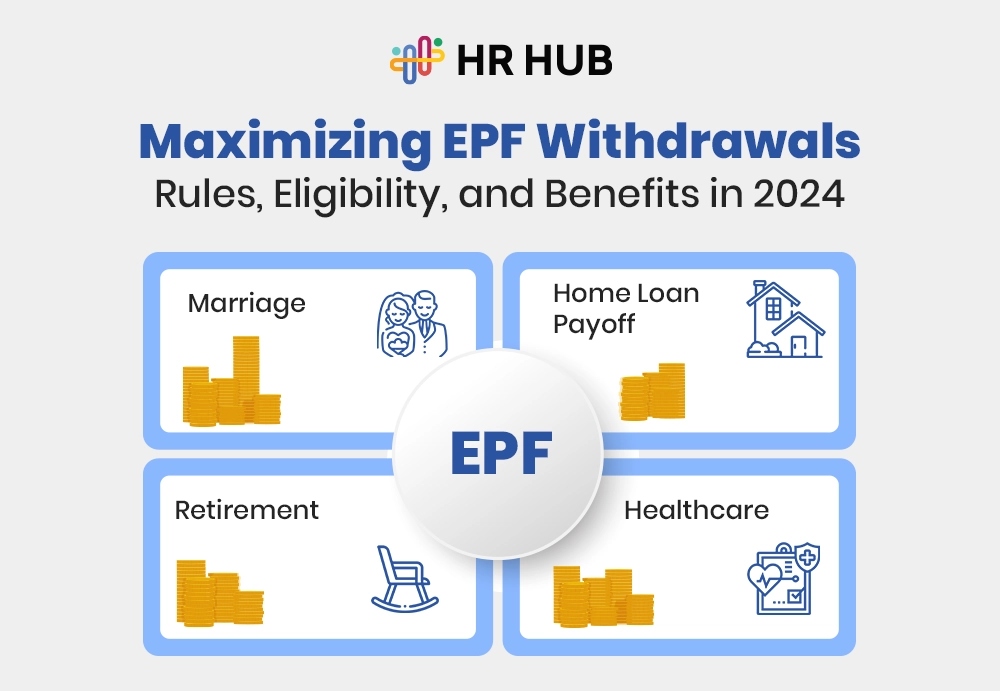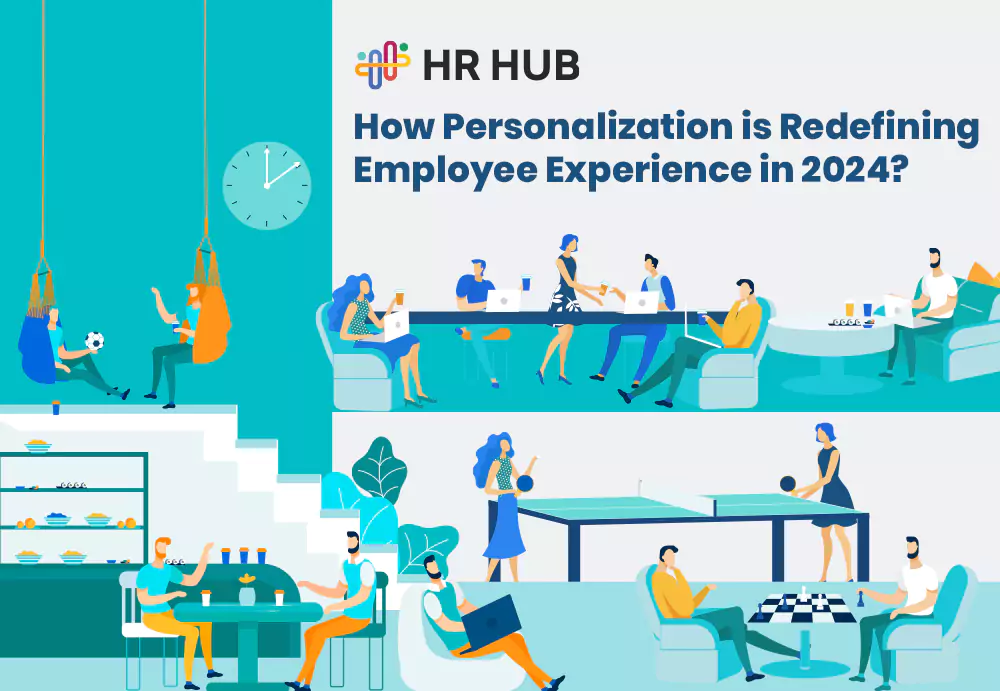


This site uses cookies to deliver our services. By using our site, you acknowledge that you have read and understand our Cookie Policy. Your use of HR HUB's services is subject to these policies.

In every employee journey, there's an entrance and an exit. While onboarding gets the spotlight, offboarding is often that awkward last page everyone flips past. But here’s a truth bomb: how someone leaves your company speaks louder than how they entered.
Offboarding isn’t just about retrieving access cards and clearing email logins—it’s the art of saying goodbye with grace, dignity, and professionalism. When handled right, it reflects your culture, a silent testimonial of how much your company values people—even after they've walked out the door.
A thoughtful employee departure experience can become a storytelling tool for your employer brand. It tells your current employees, future candidates, and the outside world that your organization doesn't burn bridges—it builds alumni.
Imagine this: an employee wraps up their notice period. HR sends a cold checklist email. No personal note, no conversation, no interest in their feedback. Within a week, there's a Glassdoor review—not about their job, but about how the company made them feel like a number at the end.
Now flip that.
Same employee, same resignation. But this time, they're appreciated for contributing, asking for honest feedback, and giving a respectful, structured send-off. Suddenly, you have a brand advocate—even outside the company walls.
Why does offboarding matter? Because:
Exit interviews for branding are a strategic opportunity—not a checkbox. They reveal how your internal brand translates into real experiences.

This means a smooth offboarding process doesn’t just affect one person—it influences your entire talent pipeline!
When an employee leaves your company, it should never feel like a vanishing act. Yet, in many organizations, the offboarding process is still treated like an afterthought—manual forms, forgotten checklists, and awkward goodbyes. It’s messy, inconsistent, and, worst of all, chips away at your employer's brand.
But here’s the truth most companies are just waking up to:
A well-run, tech-powered offboarding process doesn’t just manage exits—it turns them into opportunities for long-term loyalty, compliance, and brand elevation.
Let’s explain how offboarding software becomes your HR department’s not-so-secret weapon.
Think about how many small but critical tasks are involved in offboarding:
Now imagine a system that automates these steps, assigns responsibilities, and tracks progress—all while allowing room for personalization. That’s what modern automated offboarding delivers.
It ensures:
The result? A smoother experience that leaves a final positive impression and signals a culture of care and structure.
A one-size-fits-all approach doesn’t work when offboarding a frontline staff member vs. a senior executive. Offboarding software allows role-based workflows—meaning:
This level of personalization makes employees feel seen and respected right up to their last day. It also gives HR teams relevant data tailored to each role—which is gold when analyzing trends or retention pain points.
Ever dealt with a missing non-disclosure agreement (NDA) or a lost resignation letter? It’s more common than you think. And the risks—legal, financial, and reputational—can be severe.
Offboarding software solves this by centralizing and time-stamping all documentation, including:
Not only does this make you compliant with labor laws, but it also protects your brand from ex-employee disputes or information leaks.
Pro tip: If legal action is ever needed, having a digital trail with documented steps could save your company thousands (if not more).
Managing multiple exits across departments can quickly turn into a tracking nightmare. With offboarding software, HR can see:
These dashboards help your HR team stay proactive instead of reactive—avoiding delays, errors, or awkward moments that could damage the employer-employee relationship at a sensitive time.
It’s like having a mission control for your offboarding process.
When an employee walks out the door, you want to make sure your digital doors close, too.
Offboarding software integrates with your IT systems (like Google Workspace, Microsoft 365, Slack, etc.) to:
This ensures zero lingering access, which means greater cybersecurity, smoother transitions for replacements, and peace of mind for leadership.
Offboarding software can also manage soft-touch but powerful actions like:
Though often overlooked, these final gestures can make or break how someone feels about their last day—and, by extension, how they speak about your brand afterwards.
An exit interview isn’t just an HR ritual—it’s a window into your company’s soul.
What worked? What didn’t? Where did we fail? Where did we shine? These are questions that departing employees are finally willing to answer—if you ask them the right way, at the right time.
But here's the challenge: If feedback is scribbled on paper forms or buried in email threads, it’s useless. That’s where offboarding software swoops in.
Digital exit interviews enable:
Ever heard of offboarding horror stories? Assets not returned. NDAs unsigned. Final pay disputes. These are not just HR issues—they’re brand killers.
Legal compliance in offboarding is serious business. With data privacy laws, labor regulations, and contract terms in the mix, one missed step can cost you.
Offboarding software ensures:
No more back-and-forth emails or last-minute payroll surprises. The system ensures that salaries, unused leave encashments, bonuses, and deductions are all processed accurately and documented for legal transparency.
Automated workflows assign and track every task—IT, HR, finance, and management—ensuring a seamless exit process without bottlenecks or confusion.
All legally required documents—like non-disclosure agreements, tax slips, pension documents, and clearance certificates—are digitally signed, time-stamped, and backed up for compliance and audit readiness.
Whether you’re managing 5 exits a month or 50, the software ensures consistency and prevents critical tasks from slipping through the cracks.
User access is revoked across all connected platforms (email, software tools, CRMs, etc.), reducing the risk of unauthorized access and data breaches.
Every click, update, and signature is logged—offering HR and legal teams a full timeline of what happened and when, perfect for internal reviews or external audits.
If your company operates across multiple regions or countries, offboarding software ensures that every location follows the same structured process while allowing localization for legal differences.
The system can request asset returns (laptops, ID cards, access badges), notify stakeholders for approvals, and ensure nothing gets missed before an employee is marked as fully offboarded.
By removing the need for spreadsheets, forms, and task reminders, you cut down on errors, duplication, and last-minute chaos—freeing up HR’s time for more strategic work.
Built-in compliance checks help you adhere to employment laws, notice period rules, and termination procedures specific to your jurisdiction—avoiding legal headaches.
What does this mean for your employer brand? Trust. Accountability. And no legal drama turning into a public scandal.

Here’s the twist most companies miss: departing employees aren’t leaving your brand—they’re living it beyond your walls.
When offboarding feels personal and respectful, people stay connected. They refer to talent. They talk positively at networking events. They even come back better than ever.
Companies that actively manage alumni networks often find themselves reaping long-term benefits:
Offboarding software can include tools to:
The best part about tech-driven offboarding? You can track it.
Here are key offboarding KPIs to measure:
With reporting and analytics, you can optimize over time, test improvements, and show leadership how offboarding is boosting the brand—not just operations.
How you say farewell to employees isn’t just a procedural step—it’s a statement about your company’s values, culture, and integrity. A structured, thoughtful offboarding process ensures that departing employees leave with respect, appreciation, and a positive story to tell.
In a world where employer reputation can be built—or broken—with a single review, investing in the right offboarding strategy isn’t optional; it’s essential. It transforms former employees into lifelong advocates, future collaborators, and even returning talent when done right.
Ready to elevate your offboarding game?
Let HR HUB help you automate the process, safeguard your brand, and turn exits into lasting connections.



Ready to streamline your HR processes? Contact us today to learn how HR HUB can help your organization thrive. Fill out the form, and one of our experts will reply shortly. Let's empower your workforce together!
